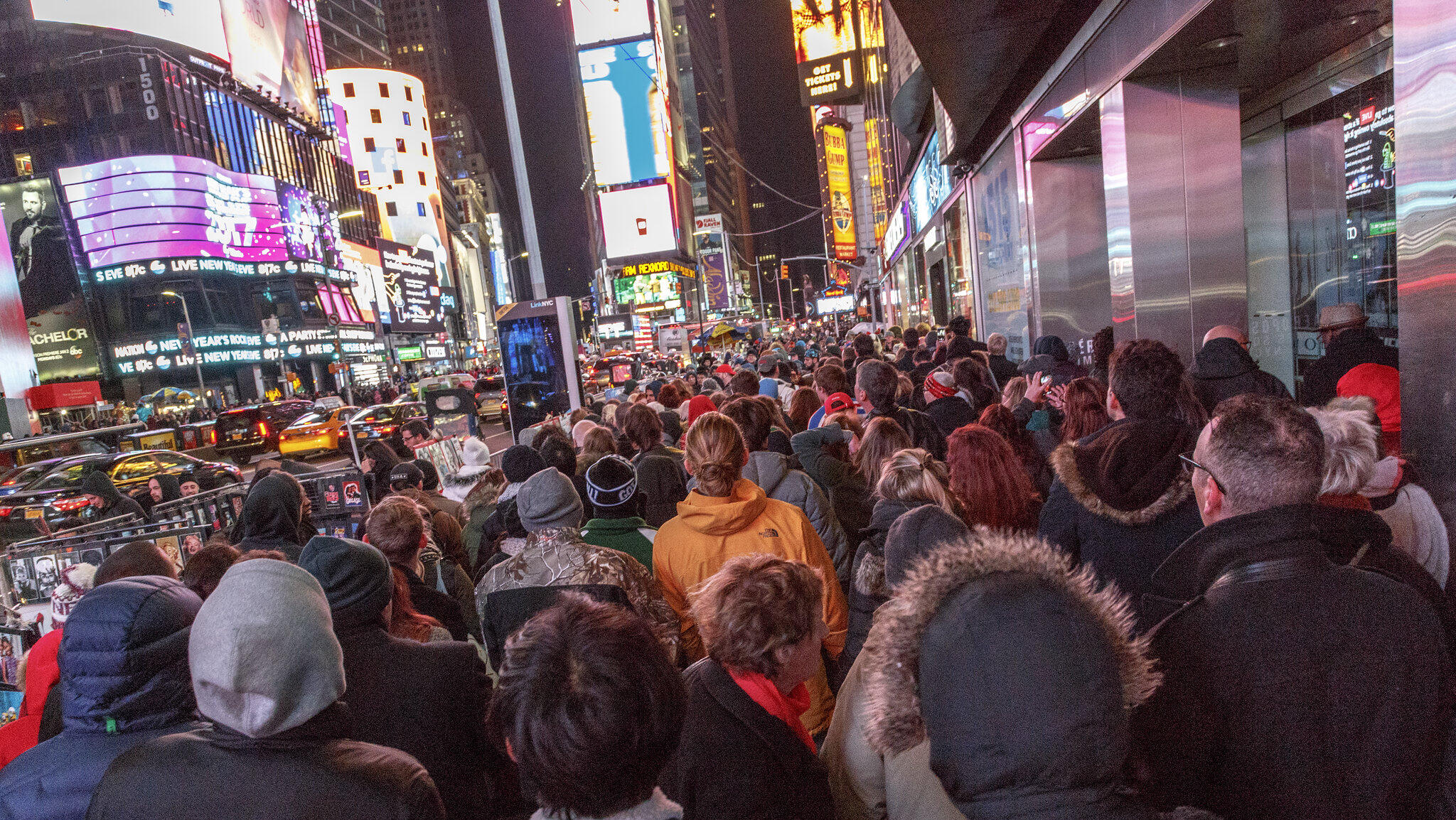Consumer prices rose at a faster annual pace in November, signalling persistent inflationary pressures despite recent monetary easing by the Federal Reserve.
The US Consumer Price Index (CPI) rose by 2.7% year-on-year in November, following a 0.3% monthly increase, according to the Bureau of Labor Statistics. This annual uptick marked a 0.1 percentage point rise from October and aligned with market expectations.
Excluding the volatile food and energy components, the core CPI maintained a 3.3% annual rate, with a 0.3% monthly increase, unchanged from October.
The data reinforces market expectations for a quarter-point interest rate cut at the Federal Reserve’s December 18 meeting.
The CME Group’s FedWatch Tool now places the odds of a 25 basis point cut at 94.9%.
November’s inflation surge was largely driven by shelter costs, which rose 0.3% monthly and accounted for approximately 40% of the CPI increase.
While economists expect housing-related inflation to ease as new rental agreements are signed, November marked continued upward pressure in this segment.
Other notable trends include a 2% monthly rise in used vehicle prices, reversing a recent downward trend, and a 0.4% increase in food prices, driven by gains in fresh produce and meats.
However, cereals and bakery products saw a historic 1.1% monthly decline.
Energy costs rose marginally by 0.2% month-on-month but remained 3.2% lower year-on-year.
Real average hourly earnings were stagnant in November, reflecting the strain inflation continues to exert on consumer purchasing power. On an annual basis, inflation-adjusted wages rose by 1.3%.
Despite inflation declining from its mid-2022 peak, it remains above the Federal Reserve’s 2% target.
Some policymakers have voiced concerns over the resilience of inflation, suggesting the pace of future rate cuts could slow if progress falters.
If the Federal Reserve proceeds with a December rate cut, it will mark a full percentage point reduction since September as officials continue balancing growth and inflation concerns.
